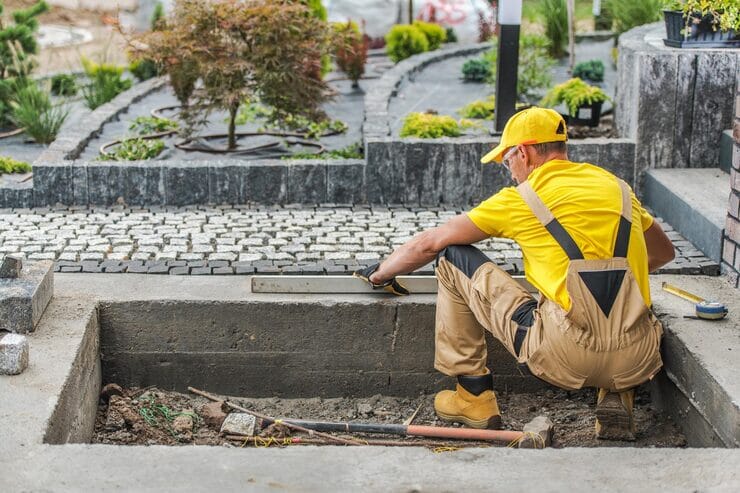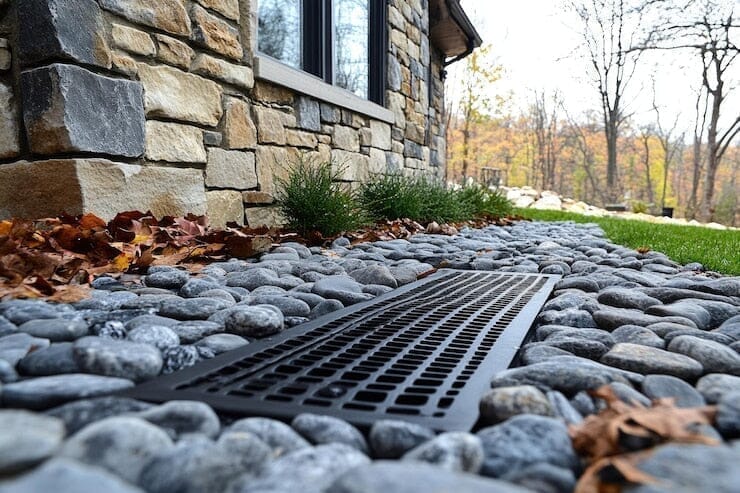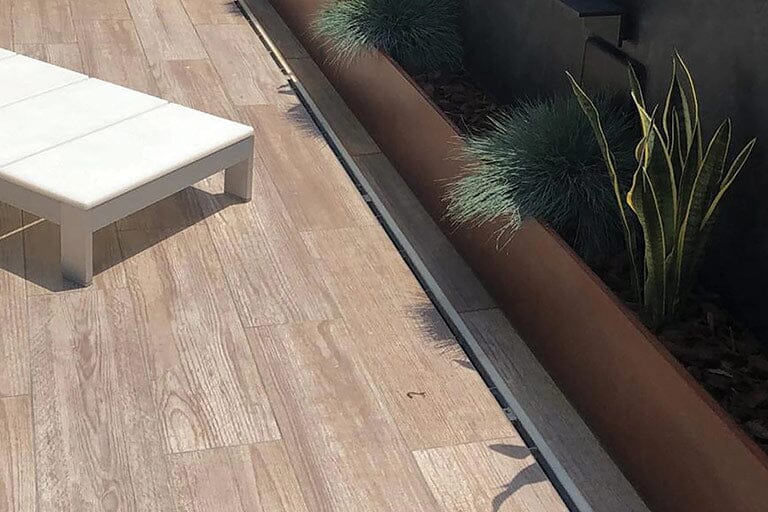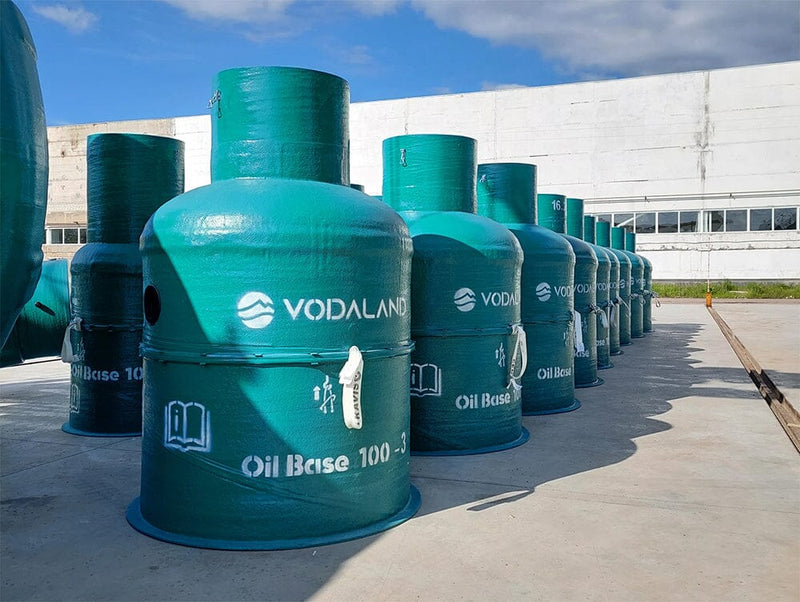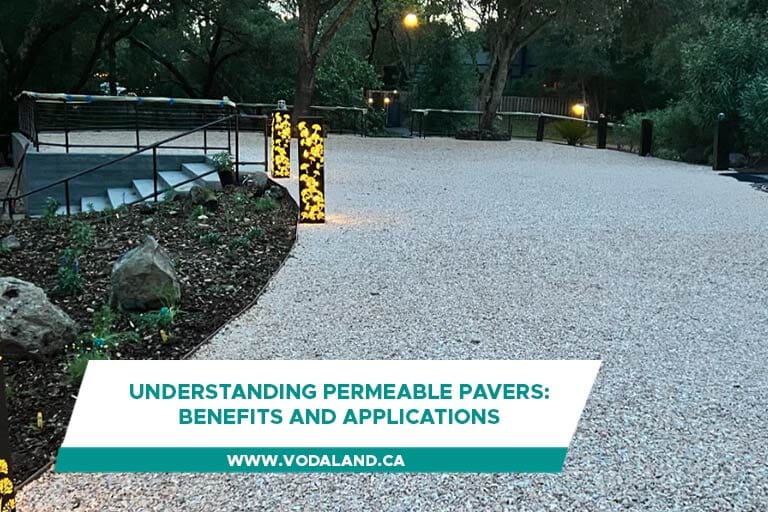The Best Plants for Erosion Control
-
20/04/21
-
Vodaland Canada
Exposed tree roots, ruts, and rills are signs that rainwater is stealing soil from your landscape. However, the right types of shrubs and ground cover can hold on to your soil. The best plants for erosion control will differ based on your home’s location and the amount of sun the eroding area gets per day. Erosion-control plants should be drought resistant and appropriate for your USDA plant hardiness zone, with deep or spreading root systems and foliage to slow down the rain.
When selecting plants, be conscious of how the plant behaves—fast-growing or invasive species can get out of control. Plants that require a lot of maintenance aren’t good choices, especially on slopes where watering them could create a slipping hazard. Choose native grasses, shrubs, and ground covers for the best results, or shop catalogs and garden centers for the type of plants you need. You might want plants that produce showy flowers or winter-hardy evergreens. Here are a few suggestions:
For Sunny Areas
Creeping juniper is a hardy evergreen option for sunny spots. It comes in varieties that vary in color from bluish-green to yellowy-green. It stays low, and the more colorful cultivars can retain winter interest in sunny areas.
Creeping phlox puts on a spectacular flowery show in the spring. It’s a perennial, so you won’t have to replant it each year. It’s low growing and low maintenance, spreading at a reasonable pace.
Forsythia flowers bloom bright yellow in the spring. Forsythia is a taller shrub option for sunny areas. Like many shrubs, it will send down deep roots to hold the soil, and the weeping varieties will plant roots where their branches touch the soil.
For Shade
Creeping myrtle is another evergreen option. It’s low maintenance and drought tolerant, and it displays flowers in the spring.
Japanese spurge sends out rhizomes to spread roots. It’s low and broad leafed, an evergreen that can grow in shade and under trees. It flowers, but its wide, shiny leaves often hide the flowers.
Spotted dead nettle grows to about a foot high. It has silvery leaves and purple or white flowers. It tolerates full shade.
There are many more options of grasses, shrubs, and trees that can control erosion. Ask your local garden center or university extension what native plants can do the job in your area, and start using plants to control erosion to maintain a healthy landscape. Where plants can’t hold a slope in place or for gravel or grass driveways, Vodaland supplies geo ground grids that hang on to soil on slopes. Where runoff carrying debris is a problem, we also offer catch basins and catch basin grates. Our trench and slot drain systems have many residential and commercial applications for areas that need more effective drainage.








